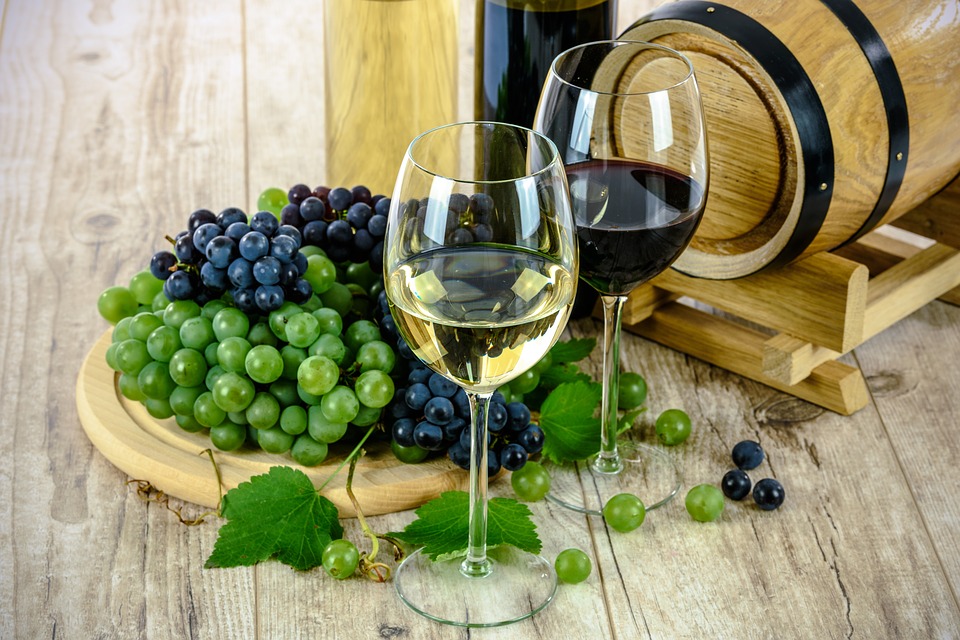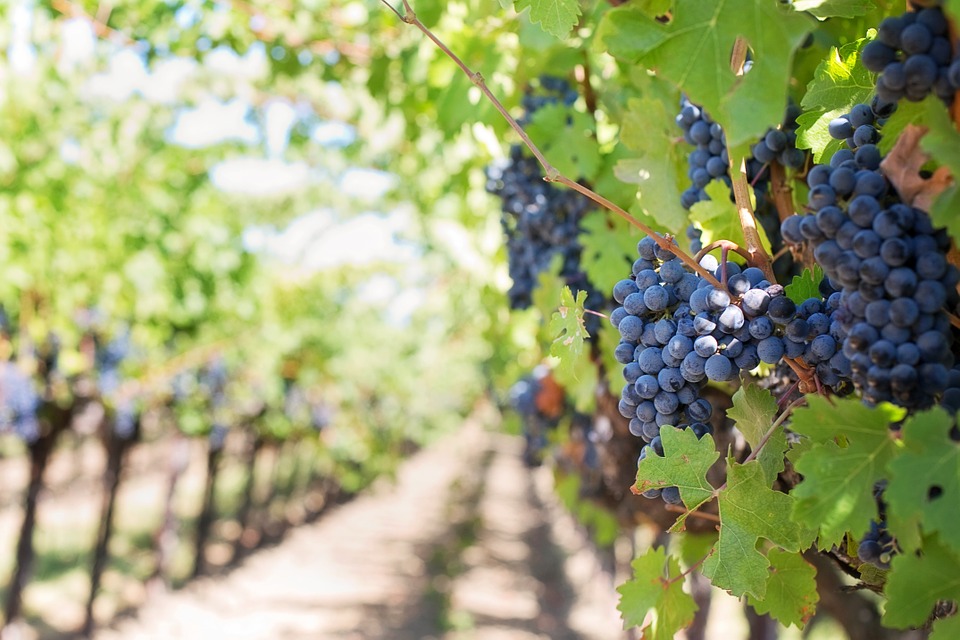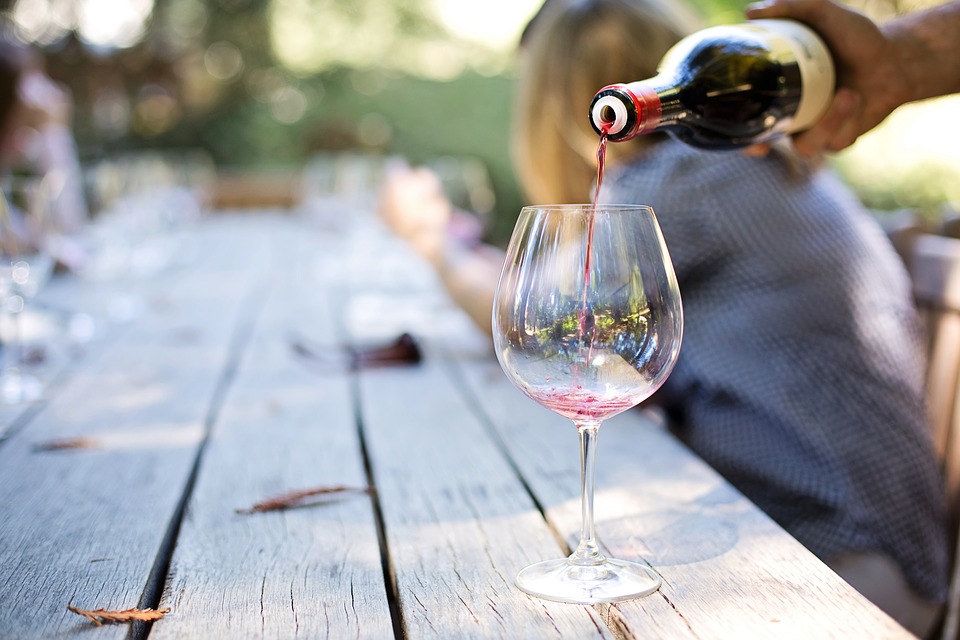For millennia, cultures the world over have enjoyed a wide array of alcoholic beverages. Arguably one of the first beverages to appear throughout the world, wine still captures the love and attention of countless people in a variety of ways. From those who enjoy it in a connoisseur-like setting to those who sample a glass after each meal, there are many methods for tasting and enjoying fine wine. But how did our humble wine friend enter our lives so lovingly, wrapping us in a heated blanket of seduction, debauchery and mystique? Wine as we know it now, was first made by people of the Shulaveri-Shomu culture, which while might be a surprise to those who view wine as originating in Italy or France, the Shomu culture were a people of the Stone Age who used obsidian for tools, raised cattle and pigs, and most importantly, grew grapes to make sweet, sweet wine. With ancient wine production dating back to between 8000 B.C. and 4100 B.C. new evidence has been founded to suggested that wine had originated in the Caucasus and Zagros Mountains, which span from Armenia through Azerbaijan, Georgia, northern Iran, southeastern Anatolia, and eastern Turkey. Naturally given the new founded wine sites of ancient wine production, perhaps the greats of our past can state how to store your wine correctly, given their years of expertise and curating fine wines without the help of modern technology?

But before we divulge into tips that can enable you to store your wine the right way, back to Wine’s origins and how it came to be… We mentioned that despite popular speculation wine was actually made in the Stone Age by people of the Shulaveri-Shomu culture; wine today is best known in countries such as France, Italy and Spain, but these European connoisseurs were certainly not the first to get the wine buzz. Evidence shows that there are signs of early grape domestication in Eastern Turkey, grape residue in clay jars in Georgia, as well an ancient winery site in Armenia, who is thought to host the world’s oldest known winery dating back to 4100 B.C.), in Armeni’s caves. Now wine is one of the world’s most popular beverages, red being the perfect drink to accompany food, while rose is refreshing on a sweltering hot summer’s day. But knowing how to store your wine, especially if it is a vintage or a rare find, can be a hard task to master, as many of us do not know how to ensure our wines keep their full bodied potential, nor do we often know when a wine’s sell by date is. After all while it’s not too difficult to understand how to partake in its consumption, storing wine – particularly vintage and otherwise sensitive flavours – is a different story. Many are not familiar with the proper procedures and methods. To ensure maximum quality, let’s examine the steps everybody should take when storing wine.
You Should Avoid The Light Where Possible So Store Your Wine In A Dark Place

Arguably more detrimental to the quality of wine than anything else, UV rays from light – both outdoor sunlight and fluorescent lighting – can seriously degrade the quality, turning your delicious wine into ‘piss vinegar’. While darker bottles are less likely to be affected because of this, excessive exposure to UV light for any period of time can impact the smell and taste of the wine upon opening.
Not everybody has a wine cellar that they can use, I certainly don’t, but don’t let that deter you from storing your wine the right way, as thankfully you can still take steps to mitigate this damage. Some people utilise storage closets and wrap each bottle in a dark cloth or towel, thereby eliminating any potential exposure to the room’s light when the area is being accessed.
Try To Store Wine on Its Side
It may not be immediately obvious, but the position in which you store your wine-whether it’s a bargain corker or a vintage steal- can dramatically impact its quality. Octavian, a premier vault and storage solution of fine wine for clients, explains that storing wine upright can prematurely cause it to spoil. The reason: when stored upright, the cork will gradually dry out over time, allowing air to permeate the bottle.

By storing wine on its side, the cork remains properly lubricated. Additionally, if any impurities or sediment have formed in the wine during its storage, you’ll be able to more effectively spot them when using this storage method.
It’s Important To Always Control Heat and Humidity

Climate control is crucial with respect to storing wine correctly. The perfect climate controlled wine conditions depend heavily on the exact type of wine; however, you can accommodate multiple types of wine in the same storage area with a bit of foresight and preparedness.
Above all else, maintaining a constant temperature is key. Wine should never be stored at temperatures exceeding 25 degrees Celsius – and in many cases, the ideal temperature for a mixed collection of wines is closer to 10-12 degrees. Maintaining a variance of no more than 2 degrees ensures that wine isn’t expelled via the cork and air isn’t pulled back in whenever temperature changes occur.
Likewise, optimal humidity is generally around 70 percent for most wines. Too much above that, and mould will begin to form; too much below that and the cork can dry out. So be sure to ensure that you store your wine at the right temperature at all times otherwise bye bye bottle of red and hello sad face. A good example of resturants who store wine correctly is Pied E Terre, whose tasting menu is complimented by wine which has been stored at the right temperature, for maximum taste results. Yum!
Store and Serve your Wine Appropriately

Some other tips on storing wine and serving it properly are in order. For starters, never store wine with other pungent items, as wines tend to absorb surrounding smells via the cork. So while wine and cheese are delightful together as a pairing, storing cheeses alongside your selection of wine would make your wine smell rather unappetizing and that’s never a good shout. Most wines as purchased do not require more than a couple of years of storage to maximise their flavour and smell, although it should be noted that inexpensive wines generally do not get better with ageing or storage. Lastly, remember when bringing it out of storage (prior to serving) to achieve each wine’s ideal temperature for maximum enjoyment. So for example Sparkling Wine should be served ice cold, white wine and rose should be served cold and red wine should be served cool.
How Do You Store Your Wine? Do You Have Any Tips?
*Disclaimer
Collaborative Post
Leave a Reply